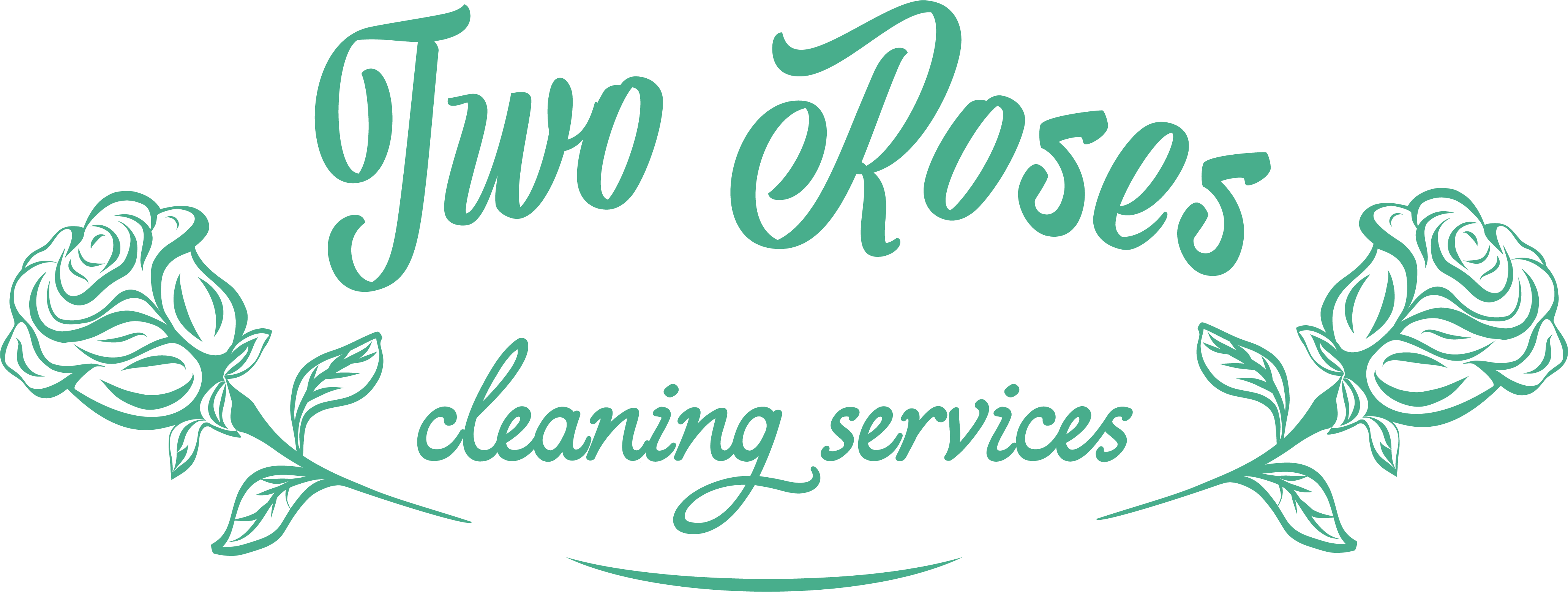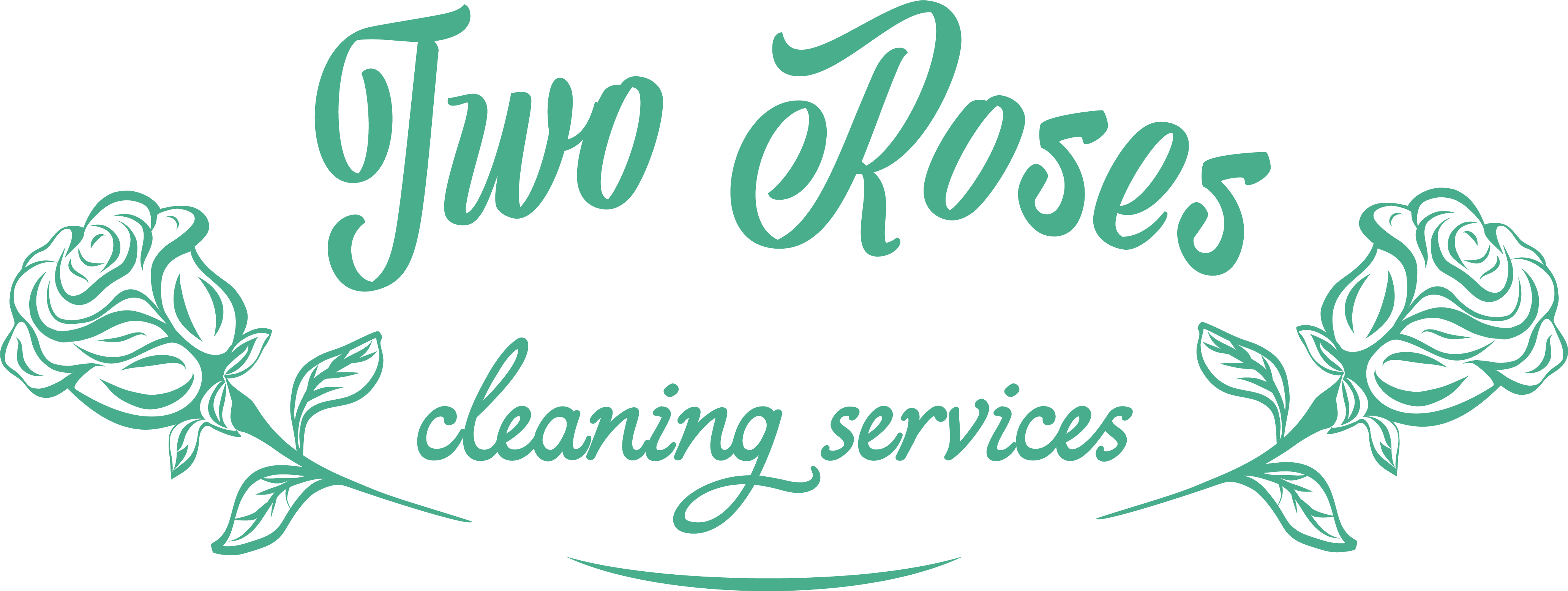Green Cleaning
How Green do we Mean?
VOCs
What are they?
Volatile organic compounds are compounds that have a high vapor pressure and low water solubility. Volatile organic compounds (VOCs) are emitted as gasses from certain solids or liquids. VOCs are common ground-water contaminants, and include a variety of chemicals, some of which may have short- and long-term adverse health effects. VOCs are chemicals that vaporize at room temperature. Concentrations of many VOCs are consistently higher indoors (up to ten times higher) than outdoors. VOCs in cleaning products affect the quality of air both indoors and outdoors. Contaminating indoor air 2 to 5 times more than outdoor air, with some estimates putting it as high as 10 times more. Some products emit VOCs for days, weeks or even months. For this reason, it is vital that green cleaning be executed professionally and with strong knowledge on how elements, green branded products, and DIY organic cleaning products react to one another.
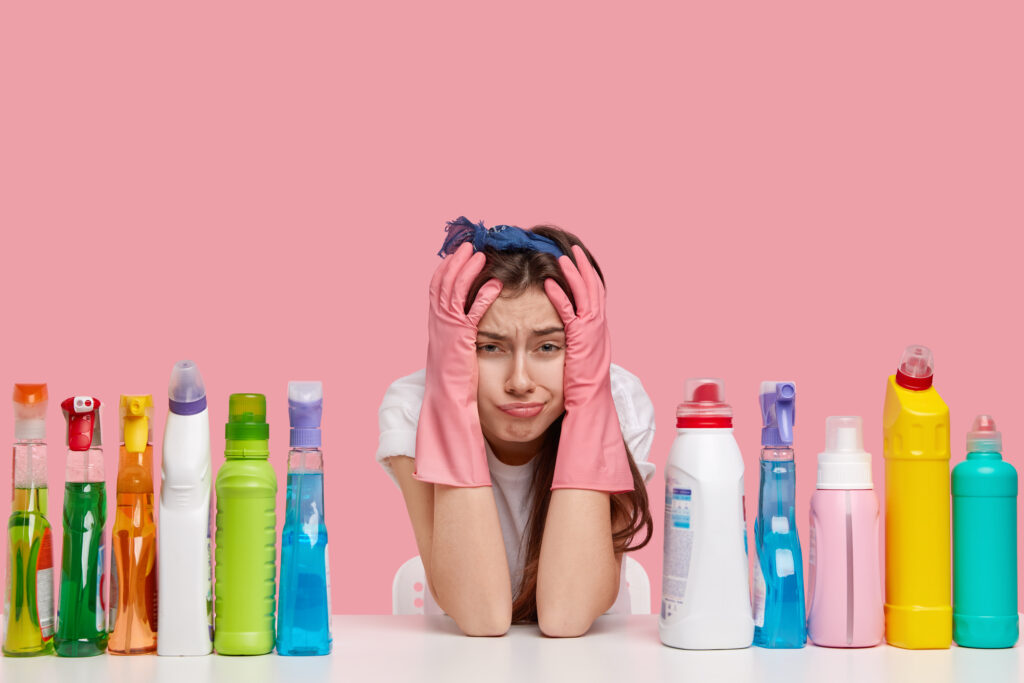
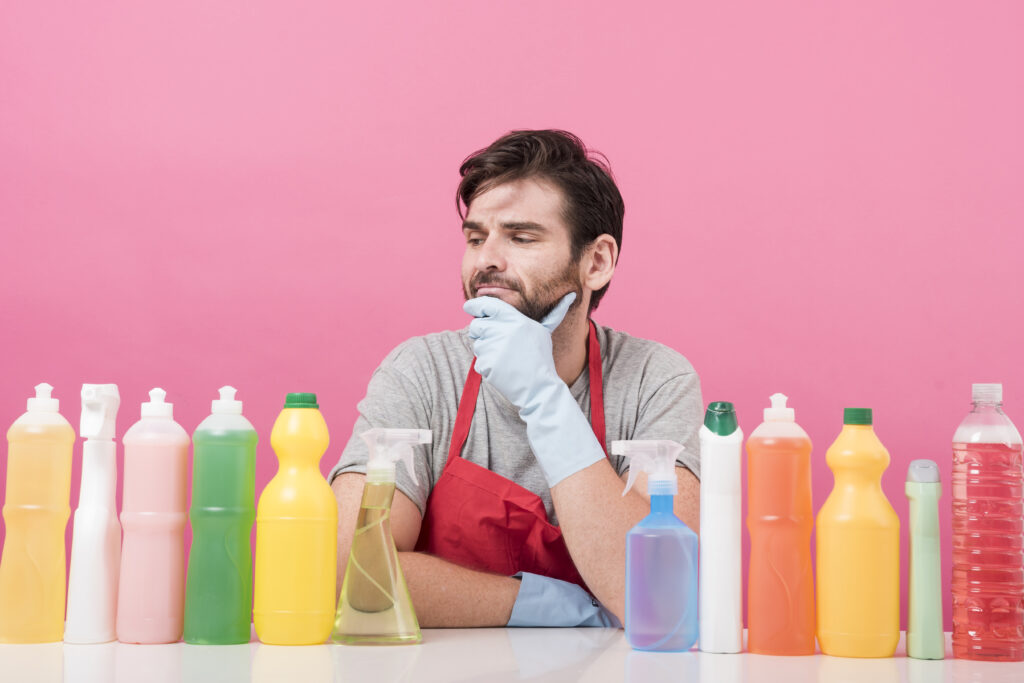
Go GREEN
The Impact of Toxic Cleaning
Impact On Us
Ever feel woozy while you’re cleaning? Lightheadedness or nausea can be common when using standard cleaning products. Common cleaners like bleach and store-bought products containing bleach and other chemical additives can cause sickness if they aren’t used properly, per its instructions. When using these products, many people neglect the warning label recommending usage in a well-ventilated area, which according to the EPA and CDC, can lead to issues with breathing and even more serious issues long term. Many of the household cleaning products have been linked to issues including the development of asthma on an otherwise healthy individual, asthma attacks for those who already suffer from asthma, allergies, hormone disruptions, chemical burns, poisonings, respiratory disease, birth defects, ADHD, autism and cancer to name a few.
A 10-country study of more than 3,500 individuals who were initially free of asthma found that nine years later, those who used spray cleaners at least once a week to clean their homes had a 30-to-50 percent increased risk of developing asthma during the study period (Zock 2007). This association was linked primarily to commonly used spray products such as air fresheners, glass cleaners and furniture cleaning sprays. The risk increased the more often people used sprays or the greater the number of different sprays used. The research team calculated that with the widespread use of spray cleaners and the high level of asthma risk, one in seven cases of adult asthma could be attributed to the use of these products (Zock 2007)
Children and pets are highly at risk of exposure to these chemicals due to their smaller size and frequency of being on the ground or in contact with direct surfaces that are often exposed and treated with chemicals. Both children and pets also run the risk of ingesting these harmful chemicals as they’re likely to put objects, their hands and paws in their mouths that have been exposed to the harsh cleaning chemicals and left behind residues. So while we’re trying to clean and kill germs, it’s important to pay attention to the ingredients in our cleaning products that we use to kill the germs. It’s the innocent desire to get rid of one bad thing (germs) while inadvertently swapping it out for another bad thing instead (toxic chemicals). “The CDC, the World Health Organization, and the American Lung Association are all making it clear: cleaners and disinfectants are harmful, not only to consumers, but to the environment. In fact, these agencies have stated that it is quite possible long-term use of these products is killing us.”
Impact On Clean Industry Workers
Cleaners who have regularly used cleaning sprays over 20 years were found to have reduced lung function equivalent to smoking 20 cigarettes a day over the same period, according to a study conducted at the University of Bergen including 6,000 participants, based on the European Community Respiratory Health Survey
Cleaning sprays are largely detrimental- ”The small particles from the sprays can remain in the air for hours after cleaning. The small particles can travel deep into the lungs and cause infections, and ageing of the lungs,” according to Professor Cecilie Svanes at the Department of Global Public Health and Primary Care, supervisor of the study published by the American Journal of Respiratory and Critical Care Medicine, as part of the Horizon 2020 project Aging Lungs in European Cohorts.
People working in the cleaning industry have a 50 percent higher risk of developing asthma and a 43 percent higher risk of chronic obstructive pulmonary disease. Women working in this field also face an increased risk of lung cancer.
More than 2.1 million janitors work in the US. About 6% of janitors experience workplace injury from chemical exposure, According to the Bureau of Labor Statistics. According to a 2010 study by the New York State Department of Health, children born to women who held cleaning jobs while pregnant have an elevated risk of birth defects. Men and women have been found to be more at risk of impaired or damaged fertility due to exposures through skin contact and or inhalation of toxic solvents in cleaning products while on the job. Occupational studies indicate that men exposed to toxins like glycol ethers on the job are more likely to have reduced sperm counts. The study also “analyzed maternal occupation and 45 types of birth defects indicated that children born to women working as building custodians have a significantly increased risk of certain congenital deformities. Other occupational studies have highlighted risks of solvent exposure for a group of children born to women working with organic solvents during pregnancy. Some of the children in this category had reduced IQ and language skills and vision abnormalities.”
Impact On The Environment
The airborne chemical gases produced from standard cleaning products disrupt our eco-system, biosphere, and water sources. In turn, affecting the animals that live in these polluted environments and are exposed to the contaminated water sources. Endangered species are at risk, animals being tested on are at risk, and the pollution of plastic that the saturated consumer market uses to sell these cleaning products are contributing factors that work against the environment through overdevelopment of waste.
- Water Pollution – Thousands of chemicals from cleaning products are washed into streams and rivers. Some persist in the environment and enter the food chain.
- Air Pollution – Volatile organic compounds in cleaning products can affect indoor air quality and add to outdoor smog. . A study from 2018 estimated that half of the VOCs responsible for air pollution stem from consumer products.
- Waste – Many containers are not made from recyclable materials. Packaging and empty bottles often end up in landfills. Hazardous materials may have a special requirement which usually requires energy for transport and disposal.
- Animal Endangerment – Many chemicals wind up in our fresh and saltwater ecosystems, posing danger to animals, plants and, ultimately, our drinking water and health.
Green Cleaning Guarantees Clean Surfaces, Toxic Free
Product Labels Lie
What You Need To Know About Household Cleaning Supplies
Despite the growing list of health concerns, cleaning product labels often are not completely transparent with their consumers in regards to their ingredients. The inexplicit labeling is greatly infringing consumers’ opportunities to make informed decisions on which cleaning products are safe and which ones might harm their health.
Cleaning supplies that are regulated by the EPA enforce the single requirement of companies to include “chemicals of known concern” under ingredients on their cleaning labels. This leaves any chemicals that have not yet been reported to cause problems, not even listed in the ingredient labels. Leaving a lot of room for unreported toxic and harmful chemicals to be hiding in the products being used, that could potentially cause consumers harm with no way of knowing what particularly caused it. “Investigating the full range of risks of cleaning products to public health and the environment should be an urgent priority. Yet the problem remains largely hidden from the view of the American consumer.” Unfortunately, the safety and level of toxicity of numerous substances found in cleaning products have not been extensively researched by government agencies and independent research institutions through a wide scope.
Less is more, who knew how universal such a phrase could be, but here we are, applying this princple towards cleaning products as well!
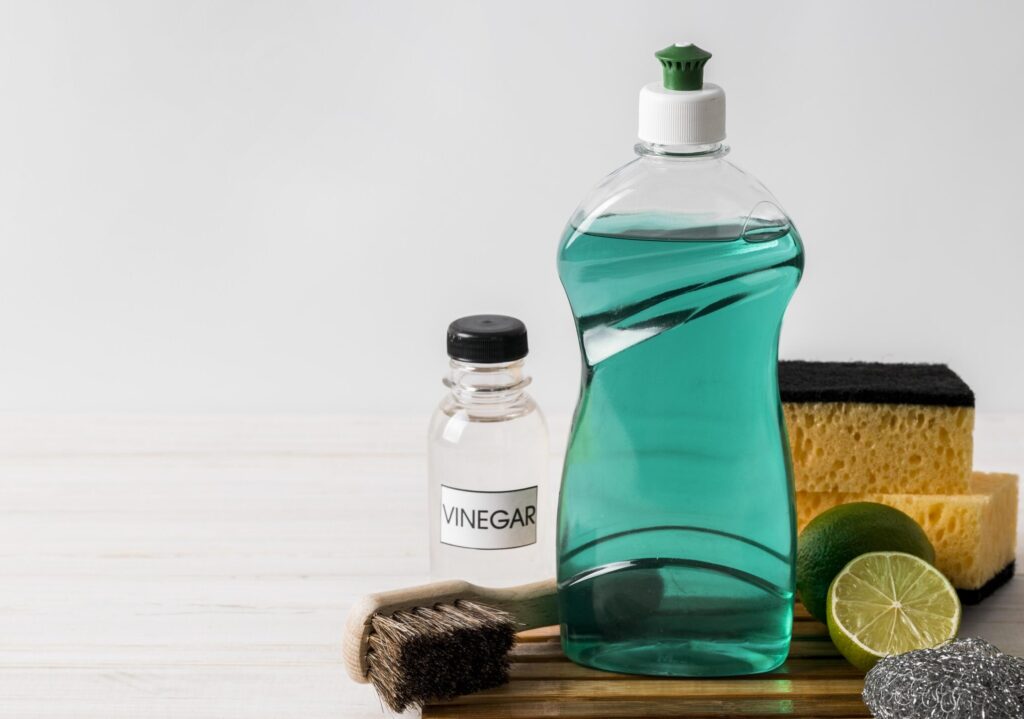
Minimalism
The less chemicals and cleaning products, the better! We are coming into an age of informational empowerment. It seems like the world is shifting altogether in learning how many consumer products are out there that do more harm than good! From clothes, to food, to water, to cleaning products, the world is being more careful about what they are exposing themselves to as the side effects are louder now more than ever. It’s time to reduce the over exposure of harmful chemicals and over production of waste.
So we’ve connected the dots and realized how cleaning products today are full of detrimental chemicals, now what?
Let’s grow and make a change.
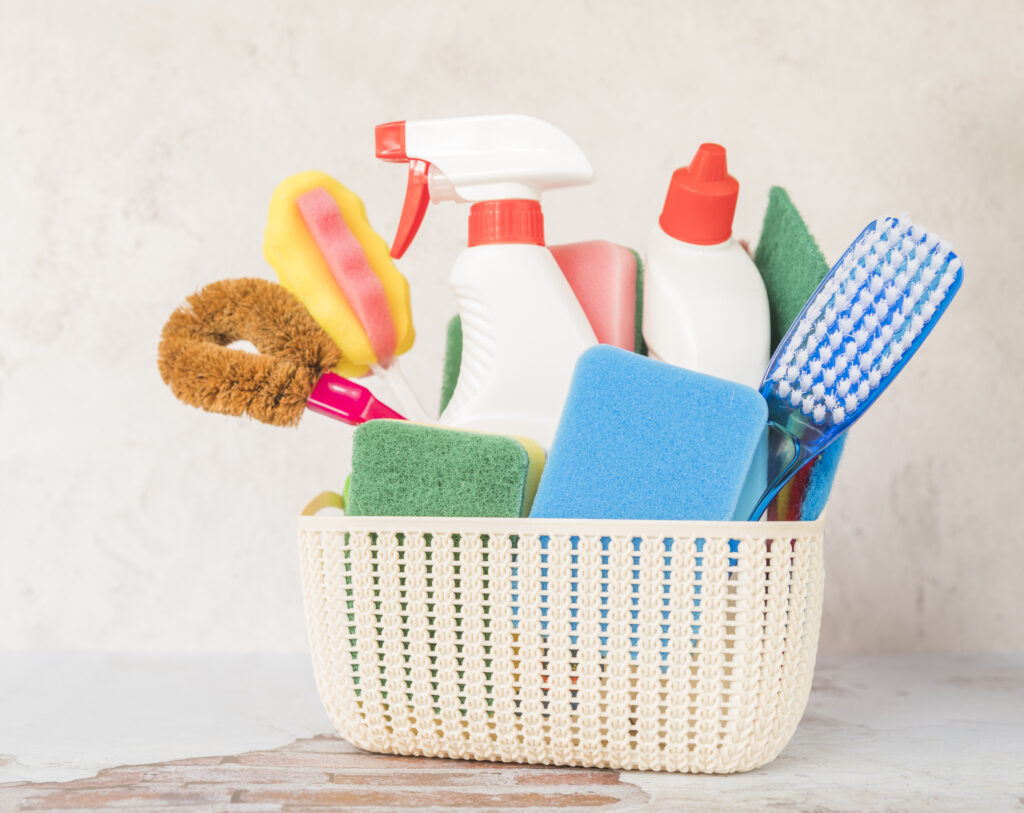
“
“With manufacturers’ refusals to list individual ingredients in fragrances, independent researchers have difficulty conducting targeted studies to be able to identify which fragrance chemicals raise the greatest concerns.”
Ketura Persellin
EWG.org
Why Consider Fragrance-Free Green Cleaning?
Some respiratory allergies may be set off by fragrances, which are complex chemical mixtures commonly used to scent air fresheners and cleaners, personal care products and other consumer goods. Fragrances alone are collectively considered among the top five allergens in the world can trigger asthma attacks
A survey conducted of everyday Americans’ experiences with fragranced cleaning supplies found that nearly one in five suffered headaches, breathing difficulties or other problems when exposed to air fresheners.
A study found that use of air freshening sprays 4-7 days a week was associated with reduced heart rate variability, a marker of autonomic cardiac dysfunction
A study linked air fresheners in the home to higher incidence of diarrhea and earaches in infants and headaches and depression in their mothers
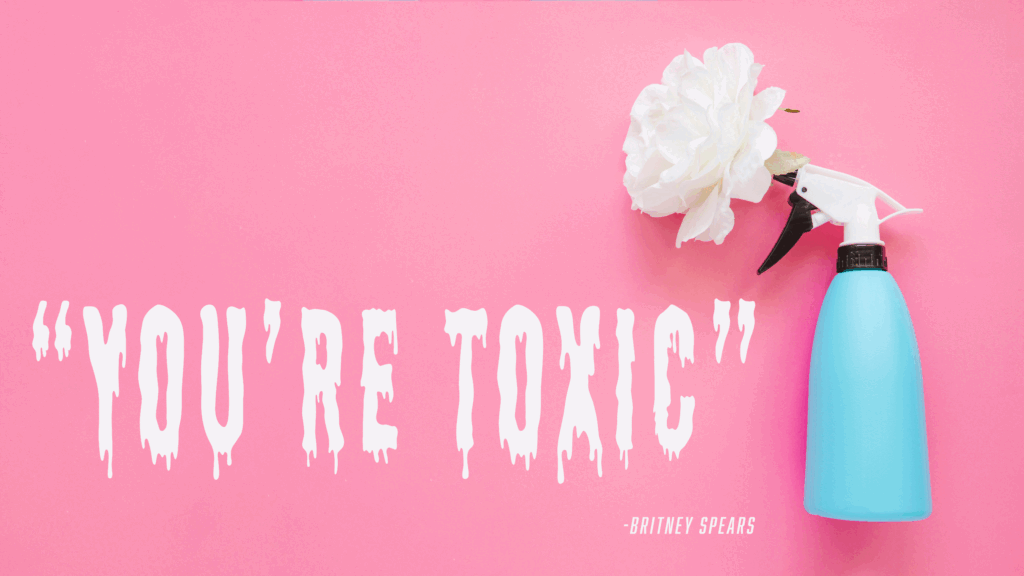
Fragrance-Free Green Cleaning Products emit 8 times less harmful VOCs than other cleaning products do
“Our findings emphasize a way to reduce exposure to hazardous VOCs- by selecting products that are ‘green,’ especially those that are green and fragrance free“
Alexis Temkin, PhD, senior toxicologist at EWG
The study, published September 13, 2023 in Chemosphere, analyzed 30 cleaning products, including multipurpose and glass cleaners, air fresheners and more revealing that these everyday products may release hundreds of hazardous volatile organic compounds, known as VOCs.
Researchers tested both conventional products and “green” cleaning products and detected a total of 530 unique VOCs in the 30 products. Of these, 193 VOCs were hazardous –linking to respiratory system damage, increased cancer risk and developmental and reproductive impacts.
The study concluded that products labeled “green” emitted fewer VOCs, compared to conventional products – and green products categorized as “fragrance free” also produced the fewest VOC emissions – nearly eight times fewer than conventional and four times fewer than green products that included fragrance on their label.
That pattern also held true for the number of VOCs considered hazardous in the products. With conventional products having the most at 22, following green products with fragrance at 15 and green fragrance free emitting just 4 chemicals.
This suggests that choosing green, or green and fragrance free, cleaning products could be prudent for consumers concerned about indoor air quality and potential health risks.
“Even natural fragrances such as citrus can react to produce dangerous pollutants indoors”
Lung.org
It is vital that green cleaning be executed professionally and with strong knowledge on how elements, green branded products, and DIY organic cleaning products react to one another. We are trained to use citrus in our cleaning regimen safely.
While we are fragrance free, we do offer our organic homemade rose water essence and rosemary water essence for the clients who want scent to bring their cleaning experience all together. Grown directly from our organic pesticide and herbicide free garden. The essences are simply boiled roses or boiled rosemary, reduced down. Just plants and water, that’s it! Creating a light, organic, and natural scent. Its purpose being a calming freshness to the home, and elevating the clean experience- as naturally as it gets completely toxic free! People, children and furbaby safe. Not recommended for anyone who has sensitivity or allergies to roses or rosemary.
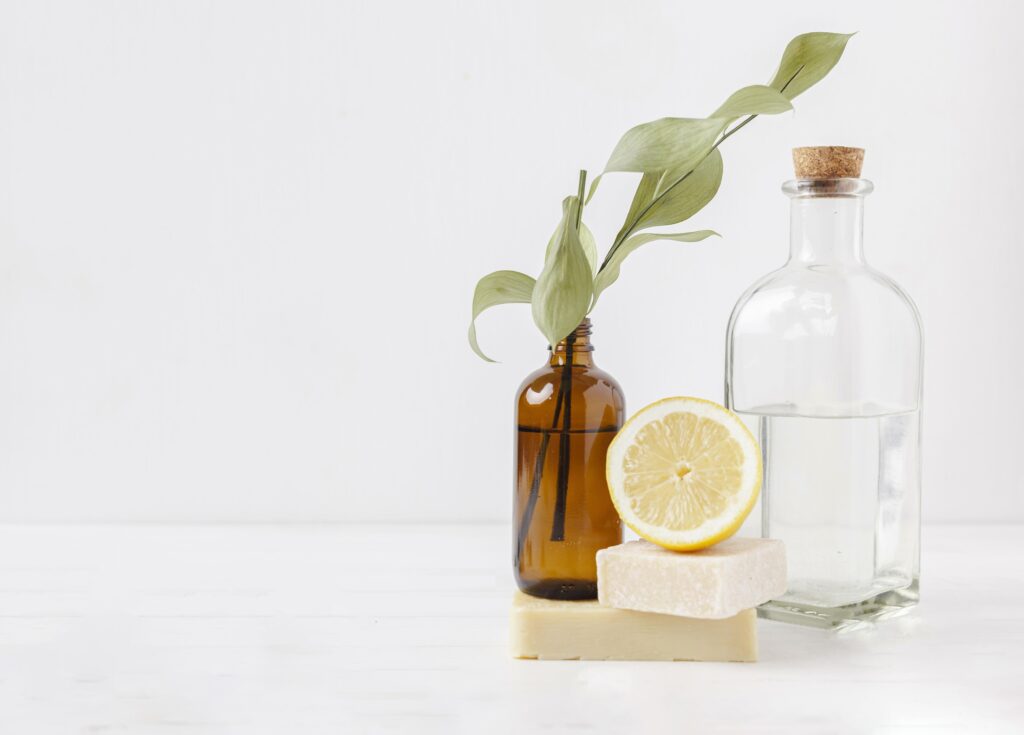
Why Not Essential Oils?
Essential oils pose their own unique threats to green cleaning. If not organic and certified, there’s no promise that we’re getting completely clean ingredients in the bottles, free of harmful things like pesticides, herbicides and toxic chemicals. The production of making essential oils requires a lot of organic produce to yield small amounts of product for distribution which is against our waste and over usage reduction mission. It further poses the issue of excessive waste as the bottles tend to be instructed that the discarding be in the trash even though they are in glass bottles due to the oils being generally highly flammable and therefore not fit for recycling. Essential oils are also not only highly flammable but also toxic to aquatic life, and can have long-lasting impacts on marine ecosystems as well. Finding the perfect essential oil that doesn’t fall under all these categories can be tough, and not the most optimal when it comes to budgeting.
sources
“California Air Resources Board.” Cleaning Products & Indoor Air Quality | California Air Resources Board, ww2.arb.ca.gov/resources/fact-sheets/cleaning-products-indoor-air-quality. Accessed 1 Dec. 2023.
“Can Cleaning Make You Sick?” GenEon Technologies, 8 Apr. 2019, www.geneontechnologies.com/blog/can-cleaning-make-you-sick/#:~:text=Besides%20the%20obvious%20factors%20that,they%20aren’t%20handled%20properly.
Eco Solutions. “Non-Toxic Cleaning Products – Eco Solutions Powerful Removers & Cleaners.” Eco Solutions, 25 Nov. 2021, www.ecosolutions.co.uk/non-toxic-cleaning-products/.
“The Environmental Impact of Essential Oils.” Earth Island Journal, www.earthisland.org/journal/index.php/articles/entry/the_environmental_impact_of_essential_oils/. Accessed 1 Dec. 2023.
Meyers, Iris. “Cleaning Products Emit Hundreds of Hazardous Chemicals, New Study Finds.” Environmental Working Group, EWG nonprofit corporation, 13 Sept. 2023, www.ewg.org/news-insights/news-release/2023/09/cleaning-products-emit-hundreds-hazardous-chemicals-new-study.
Sloane, Edward. “8 Household Cleaning Products You Need to Avoid: Sloane & Sons Blog.” Furniture and Interior Design Blog | Sloane & Sons – Tub Chairs, Furniture and Interior Design Blog | Sloane & Sons – Tub Chairs, 5 Aug. 2022, www.tubchairs.com/blog/cleaning-products-avoid/?amp=1.
“What Are Volatile Organic Compounds (Vocs)? | US EPA.” United States Environmental Protection Agency, 15 Mar. 2023, www.epa.gov/indoor-air-quality-iaq/what-are-volatile-organic-compounds-vocs.
